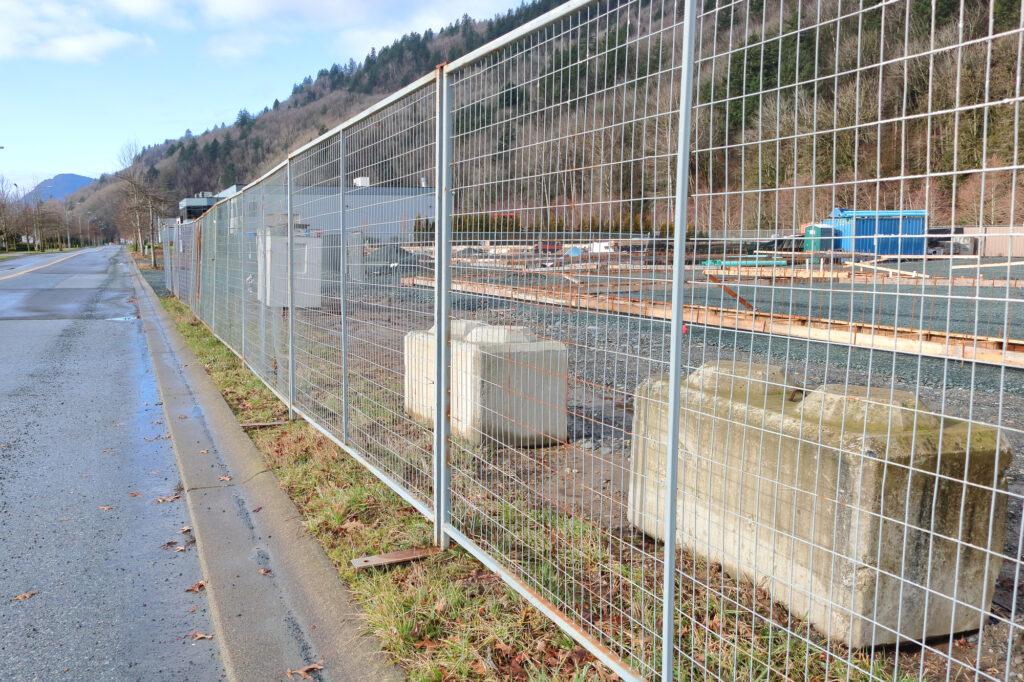Construction sites are dynamic environments that require careful management to ensure the safety of workers, the security of equipment and materials, and compliance with regulations. Temporary fencing plays a crucial role in achieving these objectives and creating a controlled and organized work site. Temporary fencing for construction sites and how it contributes to a successful and secure construction process.
Compliance with Regulations
Construction sites often have extra fencing requirements to ensure public safety:
-
Safety Barriers: Construction sites may be required to install safety fences to prevent unauthorized access and protect the public from potential hazards.
-
Maintenance: Fences and barriers must be properly maintained and in good operable condition throughout the construction period.
-
Local Ordinances: Specific regulations can vary, so it’s essential to consult local building codes or municipal ordinances for detailed requirements related to construction site fencing.
Given the variability in regulations across different municipalities, you should consult local building codes and zoning ordinances before installing construction site fencing. Engaging with local authorities or a professional fencing contractor can help ensure compliance with all applicable laws and regulations.
Enhanced Safety
Safety is paramount on construction sites, where potential hazards abound. Temporary fencing creates a barrier that restricts unauthorized access, preventing pedestrians and vehicles from entering potentially dangerous areas. This reduces the risk of accidents and injuries for both workers and the public.
Accident Prevention
Temporary fencing helps prevent accidents by clearly defining work zones and areas where heavy machinery is in operation. This ensures that workers and pedestrians are aware of restricted areas and can navigate the site safely.
Protection from Theft and Vandalism
Construction sites are vulnerable to theft and vandalism, which can result in significant financial losses and project delays. Temporary fencing acts as a deterrent, preventing unauthorized individuals from entering the site and stealing equipment or materials.
Secure Storage
Temporary fencing provides a secure enclosure for storing tools, equipment, and materials overnight and during nonworking hours. This prevents theft and damage to valuable assets, allowing construction activities to resume smoothly.
Controlled Access
Temporary fencing allows for controlled access to the construction site. Only authorized personnel, contractors, and visitors with proper identification can enter, improving security and preventing unauthorized entry.
Project Aesthetics
Temporary fencing can be customized to match the project’s aesthetics and branding. This maintains a professional appearance for the construction site and the surrounding area.
Neighbor Relations
Temporary fencing minimizes disruptions to neighboring properties by containing noise, dust, and debris within the construction site. This helps maintain positive relations with nearby residents and businesses.
Liability Mitigation
By clearly defining the construction site boundaries, temporary fencing reduces the risk of legal disputes and liabilities related to accidents or injuries occurring outside the site.
Project Efficiency
Temporary fencing streamlines the construction process by keeping the site organized and secure. Workers can focus on their tasks without worrying about unauthorized access or the safety of their tools and materials.
Safeguarding Construction Success
Temporary fencing is a crucial component of any construction project. It ensures the safety of workers, protects valuable assets, and contributes to a wellorganized and compliant work site. At Long Fence, we understand the importance of temporary fencing for construction sites. Contact us today to explore our temporary fencing solutions tailored to meet the specific needs of your construction project. Let us help you create a secure and productive environment that sets the stage for successful construction outcomes.
Read More:

